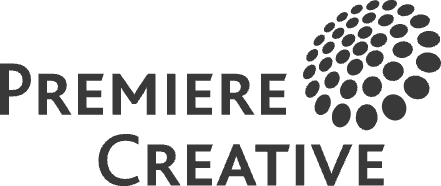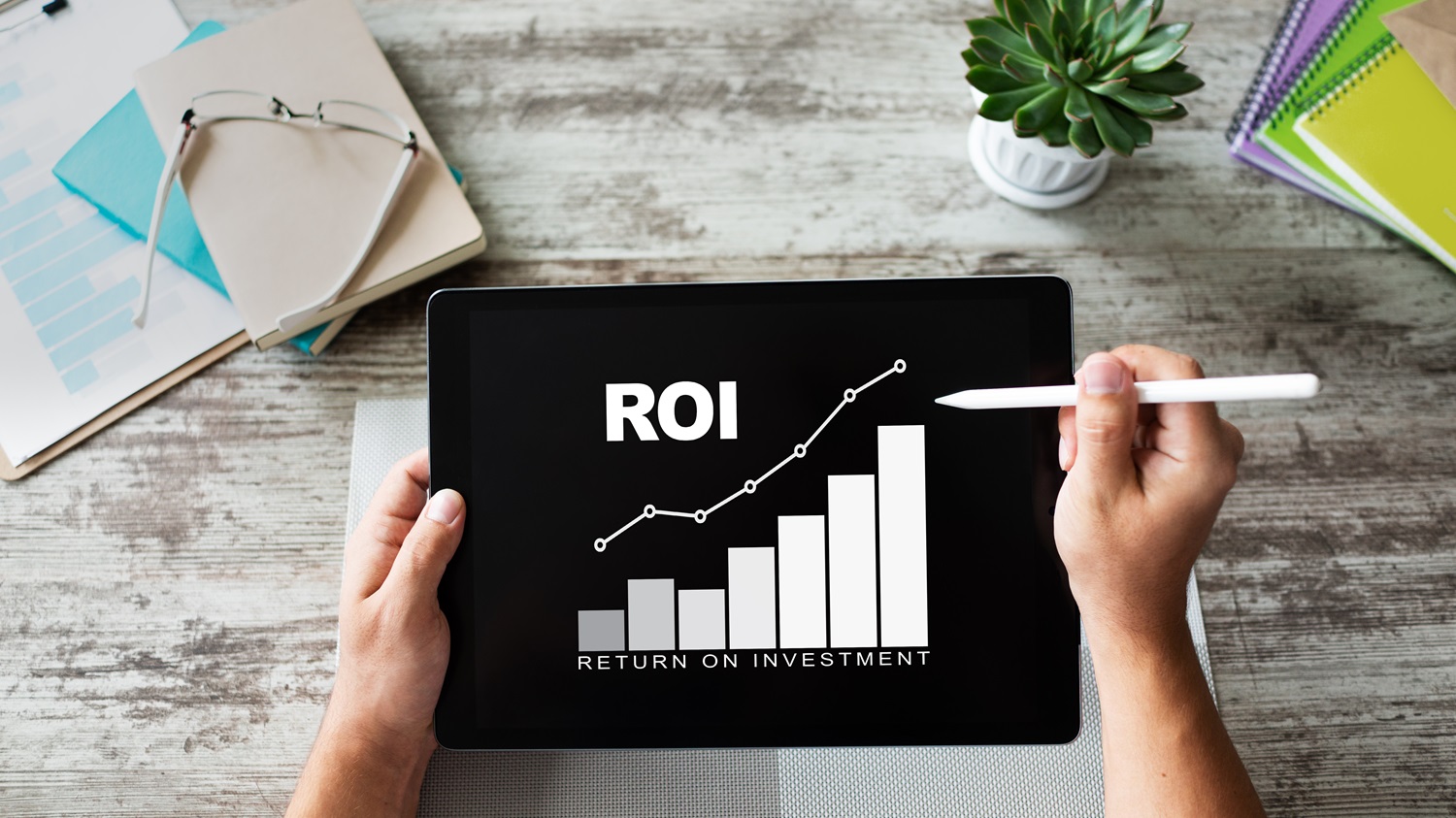Why Measuring ROI Matters for NJ Businesses in the AI Era
Online search is mutating faster than businesses can keep up, thanks to artificial intelligence. Traditional SEO, with keyword rankings and traffic volume, is no longer enough for New Jersey businesses. In the advent of AI SEO, ROI in NJ depends on how often your brand appears in AI-generated search results. Those results include Google’s AI Overviews and entity-based summaries.
Doing that requires NJ business owners to measure AI SEO results in ways that go deeper than clicks. Visibility, engagement, and authority now form the foundation of measurable ROI. Without understanding those new performance signals, companies investing in NJ AI SEO services won’t track meaningful results.
Quick Answer: What AI SEO ROI in NJ Really Means for Your Business
AI SEO ROI in NJ measures how effectively your brand appears and performs within AI-generated search results and other emerging search features. To measure AI SEO results, track AI Overview impressions, entity recognition, structured data visibility, and conversions. Most New Jersey businesses start seeing early results in 3–6 months, with strong ROI indicators—like improved brand authority and lead quality—by the first year.
Understanding the AI SEO ROI Framework: How to Measure AI SEO Results Strategically
AI SEO ROI involves a layered evaluation of visibility, engagement, and conversion metrics. Measuring these together gives NJ marketers a clear understanding of early signals and long-term gains.
Three main ROI categories make up this framework:
- Visibility ROI – How often your brand appears in AI-generated search results, knowledge panels, or conversational snippets.
- Engagement ROI – How users interact with your business across zero-click searches and branded mentions.
- Conversion ROI – The actual leads or inquiries influenced by AI-driven exposure.
Example ROI framework:
| Metric Type | Example KPIs | Reflects ROI By |
| Visibility | AI Overview impressions, branded entity mentions | Expanding awareness and trust |
| Engagement | Average engagement time, scroll depth | Showing that your content meets user intent |
| Conversion | Form fills, calls, brand search lift | Demonstrating measurable business growth |
Approaches like these give NJ teams the precision and connection between visibility and revenue they need to measure AI SEO results.
Benchmark #1: Tracking Visibility Gains in AI Overviews and Entity Recognition
Visibility benchmarks define how quickly your site gains traction within AI ecosystems. They’re the earliest indicators of ROI growth.
Use Google Search Console to track impressions appearing in AI Overviews and entity cards. If you’re getting branded mentions, that means AI-generated search results are recognizing your expertise.
For NJ businesses like healthcare clinics, law firms, and service companies, visibility improvements are the harbingers of traffic improvements. Imagine a dentist in Morristown, for example. They might see more impressions for the term “best dentist NJ” weeks before their visits rise. An early AI SEO ROI benchmark in NJ demonstrated how authority’s building, without direct spikes in clicks.
Benchmark #2: Evaluating Engagement Quality to Reveal True ROI Growth
Engagement quality now measures how effectively users interact with your content through semantic search optimization and zero-click environments. Traditional bounce rates are only half the story.
Track average engagement time, return visits, and how often users encounter your brand in repeated AI searches. These metrics inform you on familiarity, a crucial sign when you measure AI SEO results over time.
For example, a Bergen County remodeling contractor might experience fewer total clicks but higher lead quality. Users already trust their brand after many zero-click SEO exposures. That behavioral lift contributes directly to measurable ROI.
KPI #1: Measuring AI Search Impressions and Featured Visibility Metrics
AI search impressions reflect how often your content appears in AI-generated search results or featured snippets. These metrics show whether your optimization aligns with search intent.
Use Google Search Console and third-party rank-tracking tools to measure AI Overview and Discover impressions. For local reach, analyze how often your site surfaces in entity-based “near me” queries.
NJ businesses enjoy location-specific optimization. Phrases like “in Essex County” or “around Princeton” signal local relevance, boosting AI visibility. Incorporating such language improves AI SEO ROI in NJ because AI models prefer regionally verified entities.
KPI #2: Using Structured Data and Citation Growth to Strengthen AI SEO ROI
Structured data and consistent citations are key ROI drivers. They help AI systems understand your content contextually through semantic search optimization.
Track:
- Valid schema instances across pages
- Increases in verified citations on directories and partner sites
- Mentions of your business name, address, and entity details in AI summaries
| Schema Type | ROI Impact | Best For |
| Organization | Strengthens brand authority within AI results | NJ agencies, legal firms, and healthcare offices |
| FAQ / HowTo | Expands inclusion in AI Overviews | Contractors and professional services |
| LocalBusiness | Improves geographic accuracy and visibility | Retailers and local providers |
Keeping schema and citations consistent confirms your brand as a trusted source AI uses to summarize topics. Wondering about how to leverage schema in AI SEO efforts? Check out this post on how schema markup for AI visibility is an easy win for NJ websites.
KPI #3: Connecting AI Visibility to Real-World Conversions Over Time
Visibility is important, but without conversions, it doesn’t mean much in terms of ROI. You can’t measure AI SEO results without bridging the gap between visibility data and lead performance.
Use GA4’s attribution modeling to find conversion patterns tied to AI-generated search results. Compare lead quality and conversion rate before and after implementing AI SEO optimization.
Take a Summit-based law firm that appears consistently in AI Overviews for “employment lawyer NJ.” Because they appear so often in a broad search like that, their client inquiries increased by 30%. The visibility and trust built by their AI Overview appearances drove a measurable financial ROI.
Modern analytics platforms, including AI-powered SEO analytics dashboards, can help correlate entity-level visibility with real-world conversions. These systems analyze zero-click mentions, impression growth, and branded exposure, offering a clearer picture of ROI progression over time.
Early Results Timeline: When NJ Businesses Can Expect to See ROI
AI SEO progress builds over time as search engines connect your business entity with core topics. This phased structure helps manage expectations:
| Timeframe | Expected Results | Key KPIs |
| 0–3 Months | Establish technical baseline, audit schema, confirm entity data | Crawl stats, citation count, early impressions |
| 3–6 Months | Noticeable visibility growth and branded mentions | AI Overview impressions, engagement depth, brand searches |
| 6–12 Months | Measurable ROI in conversions and authority | Conversion correlations, qualified leads, entity authority |
Most NJ businesses see early visibility ROI within 3–4 months and tangible conversion ROI within 12 months.
Reporting ROI: Turning AI SEO Data into Actionable Business Insights
When presenting results to leadership, focus on metrics that connect visibility with business outcomes. Rankings alone don’t tell the story of AI SEO ROI NJ performance.
Include in your reports:
- AI Overview and Discover impressions
- Growth in schema accuracy and local citations
- Entity appearance screenshots or graphs
- Conversion lift attributed to AI-generated search results
Use tools like Google Search Console, GA4, and MarketMuse to compile structured reports. Adding visuals—like before-and-after visibility charts—helps illustrate ROI to non-technical stakeholders.
For NJ-specific reporting, highlight geographic reach (“AI impressions from Middlesex County searches”) to show how regional optimization supports ROI growth.
Key Takeaways: How NJ Companies Can Measure AI SEO Results More Effectively
- AI SEO ROI in NJ focuses on visibility, authority, and engagement instead of rankings.
- To measure AI SEO results, combine visibility metrics, engagement data, and conversion correlations.
- Early ROI signs—AI Overview impressions and entity mentions—often appear within 3–6 months.
- Structured data and semantic search optimization provide measurable authority gains.
- Local optimization strengthens ROI, especially for NJ businesses competing in regional search.
Building Sustainable Growth Through Smarter AI SEO ROI Tracking
Measuring ROI in the era of AI search requires looking beyond traffic counts. Businesses that learn how to measure AI SEO results holistically gain the clearest path to sustainable growth.
For NJ companies, AI SEO ROI benchmarks in NJ show that entity authority, not just keyword rank, drives long-term performance. Law firms, healthcare practices, and home improvement contractors alike can see measurable gains once AI systems consistently identify and feature their expertise.
By optimizing for semantic search, tracking zero-click SEO visibility, and leveraging AI-powered SEO analytics, your brand can turn AI search data into tangible business outcomes.

